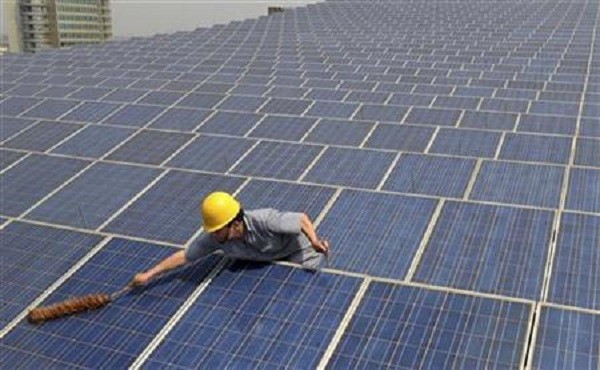China is now the leading country in the world in terms of solar photovoltaic (PV) capacity after overtaking Germany in 2015, based on data released by China’s Photovoltaic Industry Association (CPIA), the Xinhua News Agency reported.
The CPIA data showed that China had added 15 GW of solar PV capacity in 2015, a 40-percent increase from 2014 data, which brought the country's total solar PV capacity to 43 GW.
A Reuters report cited Germany's Federal Network Agency and Fraunhofer ISE as saying that Germany only installed 1.3 GW in 2015, reaching roughly 40 GW in total.
"Many PV companies began to turn a profit last year thanks to the government's positive stance on green and innovative energy production and investment," Wang Bohua, CPIA secretary-general, said. He added that technology research and development, as well as company financing, needed more attention, as he expects more policies related to PV power grid connection and subsidies to be presented in 2016.
China seeks to increase its non-fossil fuel energy capacity to 15 percent of total primary energy consumption, as the country's National Energy Administration has predicted that the country's solar PV capacity will reach 150 GW by 2020.
A report by PV Market Alliance earlier this month said that global solar PV installations reached at least 51 GW during 2015, which accurately showed that China had installed 15 GW.
On the other hand, Tim Buckley from the Institute for Energy Economics and Financial Analysis (IEEFA), reported that China's electricity demand growth had slowed to only 0.5 percent in 2014, and that coal consumption had dropped 5 percent and coal imports had dropped by 35 percent.
The report said that part of this drop in coal corresponded with parallel increase in renewable energy within China, which resulted in the decline of coal-fired power generation by an estimated 4 percent in 2015.
The report added that this latest achievement has placed China on the road to an impressive solar PV industry over the next few years and will be further enhanced if national policies can be implemented to further drive up the future of the industry.




























